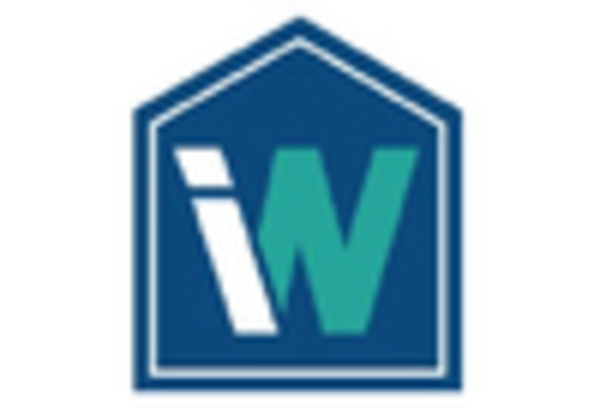E-commerce Growth
The rise of e-commerce has been a pivotal driver for the homeshopping market. With an increasing number of consumers preferring online shopping, the industry has witnessed substantial growth. In 2025, the e-commerce sector is projected to account for over 20% of total retail sales, indicating a shift in consumer behavior. This trend is particularly pronounced among younger demographics, who are more inclined to shop online. The convenience of browsing and purchasing products from home has led to a surge in demand for homeshopping services. As a result, The Global Homeshopping Industry is adapting to these changes by enhancing online platforms and improving user experiences to capture this growing consumer base.
Mobile Shopping Adoption
The proliferation of smartphones has significantly influenced the homeshopping market. Mobile shopping is becoming increasingly popular, with estimates suggesting that mobile devices will account for nearly 50% of all e-commerce transactions by 2025. This shift is compelling businesses within The Global Homeshopping Industry to optimize their platforms for mobile use. Enhanced mobile applications and user-friendly interfaces are essential for attracting and retaining customers. Furthermore, the integration of mobile payment solutions is streamlining the purchasing process, making it more convenient for consumers. As mobile shopping continues to gain traction, the industry is likely to see a corresponding increase in sales and customer engagement.
Diverse Product Offerings
The expansion of product categories available through homeshopping platforms is a significant driver of market growth. Consumers are increasingly seeking variety and convenience, prompting The Global Homeshopping Industry to diversify its offerings. From electronics to home goods, the range of products available online is vast and continues to grow. In 2025, it is anticipated that the number of product categories available through homeshopping will increase by 30%. This diversification not only attracts a broader customer base but also encourages cross-selling opportunities. As consumers become more accustomed to shopping for a wide array of products from home, the industry is likely to experience sustained growth.
Influence of Social Media Marketing
Social media platforms have become essential tools for marketing within the homeshopping market. The ability to reach a vast audience through targeted advertising and influencer partnerships is reshaping how businesses engage with consumers. In 2025, it is estimated that social media advertising will account for over 15% of total marketing budgets in The Global Homeshopping Industry. This trend highlights the importance of social media in driving brand awareness and customer acquisition. By leveraging social media channels, businesses can create engaging content that resonates with their target audience, ultimately leading to increased sales and market share. The integration of social media strategies is likely to remain a key focus for companies aiming to thrive in this dynamic market.
Personalization and Customer Experience
In the competitive landscape of the homeshopping market, personalization has emerged as a crucial driver. Consumers increasingly expect tailored shopping experiences that cater to their individual preferences. The Global Homeshopping Industry is responding by leveraging data analytics and artificial intelligence to provide personalized recommendations and targeted marketing. Research indicates that personalized experiences can lead to a 20% increase in customer satisfaction and loyalty. By focusing on enhancing customer experience through personalization, businesses can differentiate themselves in a crowded market. This approach not only fosters customer retention but also encourages repeat purchases, ultimately contributing to the growth of the industry.


















Leave a Comment